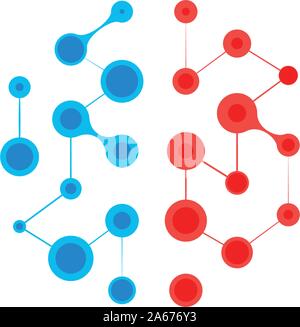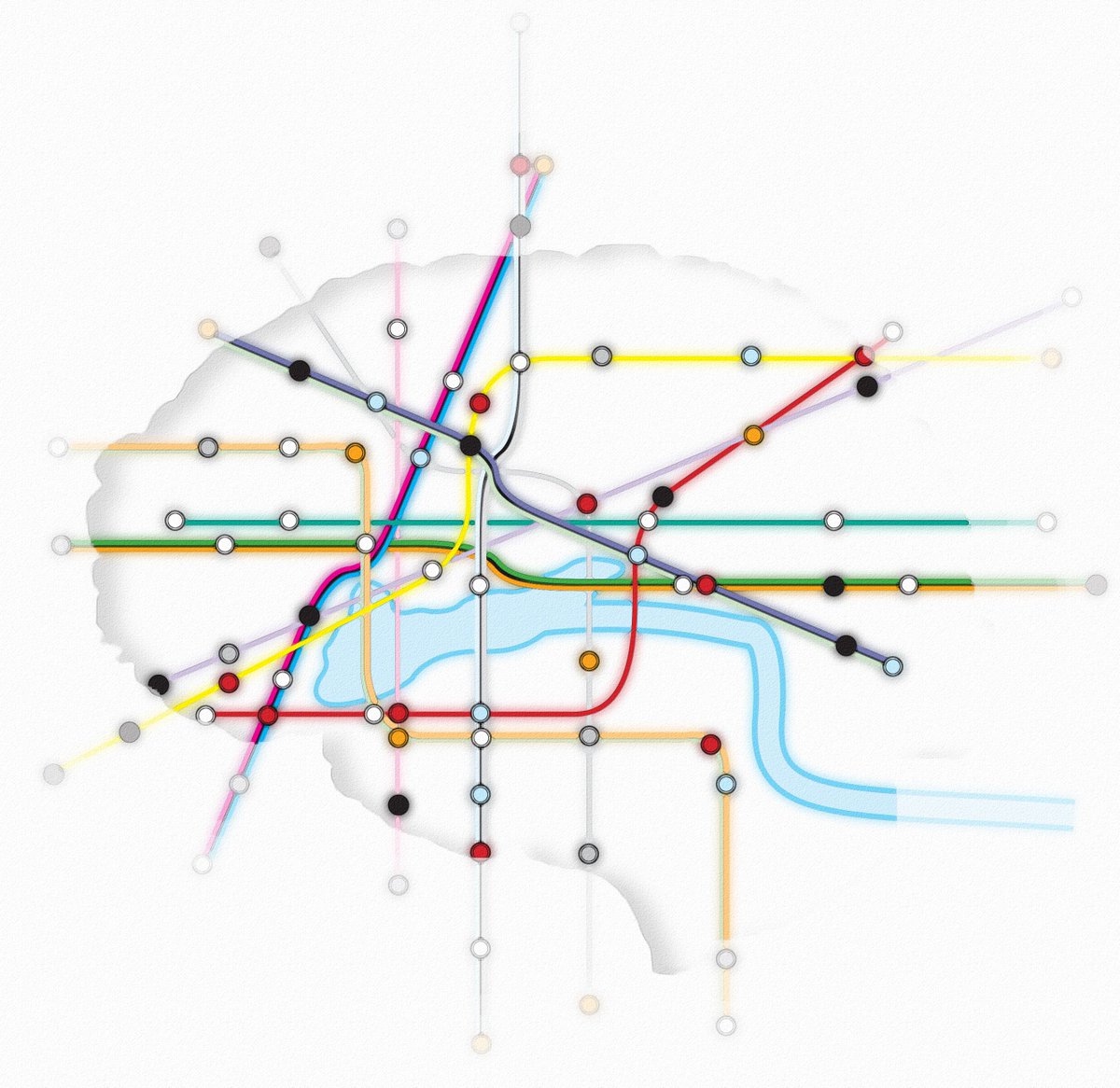

Histopathological techniques are the gold standard for the quantitative assessment of myelin, but they can be used only post mortem ( Gareau et al., 2000 Laule et al., 2006). An accurate assessment of myelin in vivo is extremely important for a comprehensive understanding of human neurodevelopment and neurodegeneration ( Staudt et al., 1994 van Buchem et al., 2001 Paus et al., 2001 Barkovich, 2005 Kizildag et al., 2005 Laule et al., 2006, 2007 Steenweg et al., 2010 Deoni et al., 2011 Glasser and Van Essen, 2011 Welker and Patton, 2012). Its main role is to facilitate long-range neuronal communication processes supporting higher-order cognitive, sensory, and motor functions. Myelin, the dielectric sheath surrounding neuronal axons, is an essential component for efficient brain functioning. Therefore, it might find important applications in the study of brain development, aging and disease. Overall, our results suggested that the T1-w/T2-w technique may be a valid tool supporting the non-invasive mapping of myelin in the brain. With respect to these other techniques, T1-w/T2-w had consistently high values, as well as low inter-subject variability, in brain structures where myelin is most abundant. We also assessed the reliability and specificity of the ratio image compared to other MR-based techniques, such as magnetization transfer ratio (MTR), fractional anisotropy (FA), and fluid-attenuated inversion recovery (FLAIR). Not only did the calibrated T1-w/T2-w images exhibit a comparable intensity range, but also the shape of the intensity histograms was largely corresponding.

Quantitative comparisons of image histograms within and across different datasets confirmed the effectiveness of our normalization procedure. This permits standardizing the intensity histogram of the ratio image, thereby allowing for across-subject statistical analyses.

The hallmark of our approach is a retrospective calibration algorithm, applied to bias-corrected T1-w and T2-w images, that relies on image intensities outside the brain. The workflow allows whole brain mapping using the T1-w/T2-w technique, which was originally introduced as a non-invasive method for assessing cortical myelin content. Specifically, we developed a processing workflow based on T1-w and T2-w MR data to generate an optimized myelin enhanced contrast image. Here we attempted to provide a potential solution.

3Laboratory of Movement Control and Neuroplasticity, Department of Kinesiology, KU Leuven, Leuven, Belgiumĭespite recent advancements in MR imaging, non-invasive mapping of myelin in the brain still remains an open issue.2Department of Experimental Psychology, University of Oxford, Oxford, UK.1Neural Control of Movement Laboratory, Department of Heath Sciences and Technology, ETH Zurich, Zurich, Switzerland.Marco Ganzetti 1,2, Nicole Wenderoth 1,3 and Dante Mantini 1,2 *


 0 kommentar(er)
0 kommentar(er)
